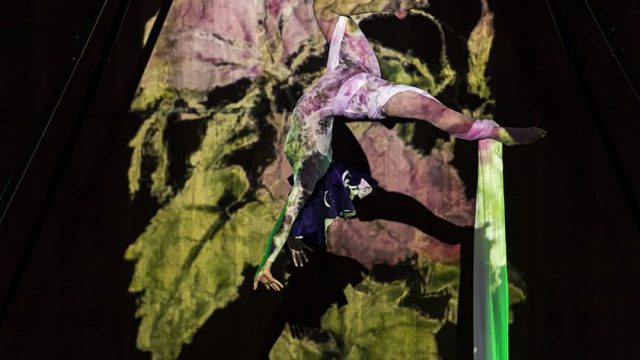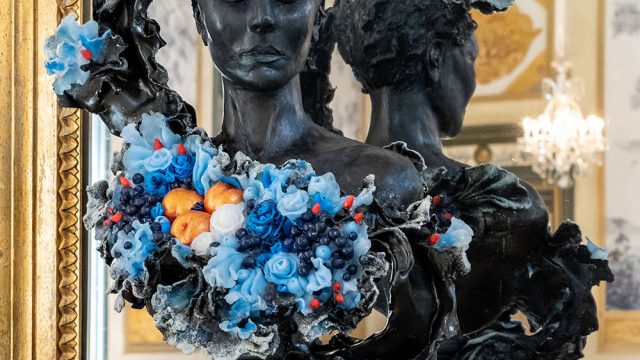As part of Vincent Larkin’s Speed Residency there is a performance tomorrow evening, Friday the 7th of November, at 19.30. The event is free to drop in to and features a four-piece band from North London, Showman’s Wagon. Details can be found here.
A few selections from the Harry Hammond photographic collection and some of my comments.
I want to begin with a picture of Johnny Kidd who was a pirate. There are a lot of pictures in the Harry Hammond collection in which people are in-between being costumed and un-costumed. I’m not sure how much costume is going on here, I have it on good authority that both of Johnny’s eyes worked.
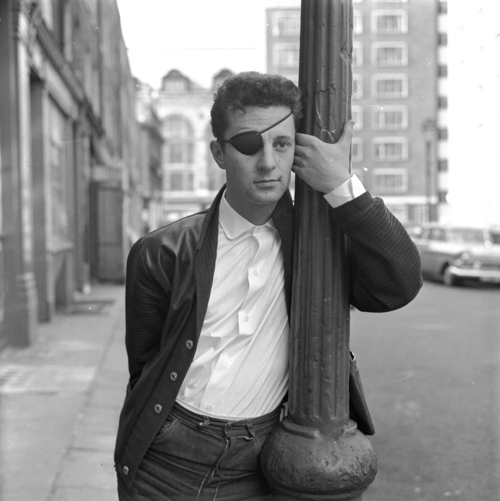
Johnny was once called Freddie Heath and his band were called the Nutters. By the time this picture was taken Freddie had become Johnny and his band had become the Pirates. People like Johnny and Screaming Lord Sutch understood the power of play, operating between the absurd and the authentic, way before the Rolling Stones, Alice Cooper and the like.
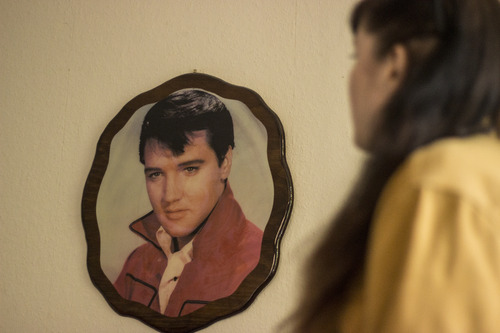
This is my own photograph of Gemma Fleet from the band the Wharves. Within this photograph of Gemma is another photograph of Elvis. On Friday the 7th of November 2014 in the entrance hall of the V&A Gemma will be singing the song Shaking All Over by Johnny Kidd and the Pirates This is a song that was created in awareness of the same culture and spirt that made Elvis possible. Culture at certain times, within a certain spirt, inevitably transcends location and time: it travels because it has to travel.
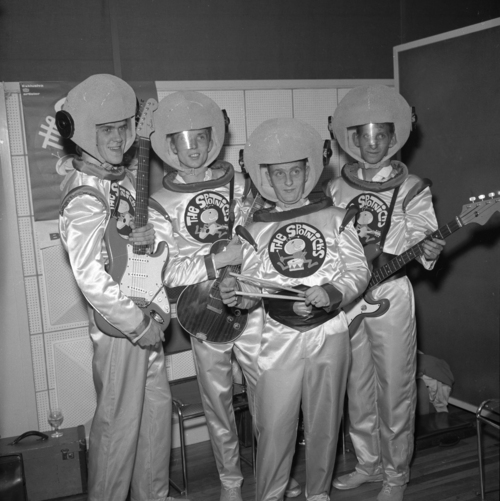
As this culture traveled four thousand three hundred and sixty two miles from the land of Elvis to the land of the Pirates, something strange happened. Like the weird yogurt adverts about good bacteria: culture inevitably ferments.
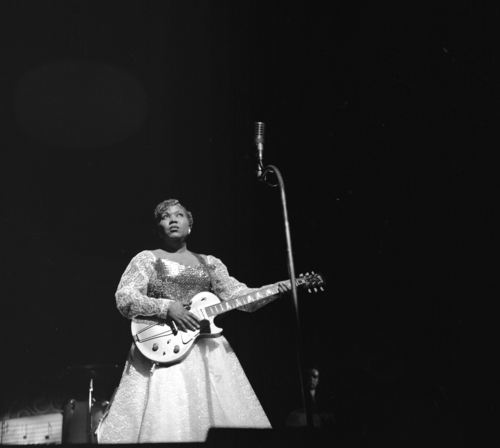
‘The Rock Island line is a mighty good road, the Rock Island line is the road to ride!’
So sang Odetta in 1956 and before her Clarence Wilson the railroad employee from Chicago in 1929. Clarence wrote it down but Kelly Pace the prisoner from Arkansas was the first to be recoded singing it. By the time George Melly the surrealist from Liverpool recored it, the song had traveled thousand of miles and perhaps hundreds or thousands of years. No one knows where the melody came from. No one ever knows where melody comes from.

Photographic negative, Harry Hammond, 1998. Museum no. S.10682-2009 © Victoria and Albert Museum
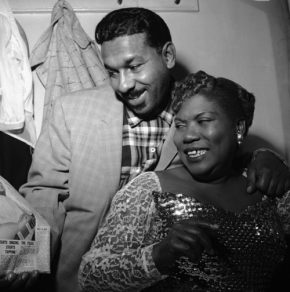
I like pictures of pictures, representations of the represented. Harry seemed to be into this as well. For professional reasons he had to be, the TV studio was the place to capture images of these performers: the lighting, the makeup and the backdrops assisting him in his portraiture of the theatrical.
What I like about Harry’s photos is within these settings he often took pictures which show us the cameras, the lighting rigs or the microphones. He gave the viewer a window into the artifice, offering us a glimpse into this space between the authentic and the absurd.
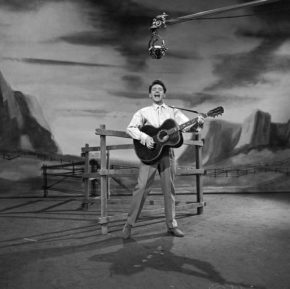
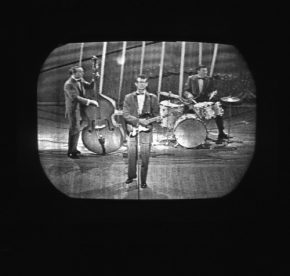
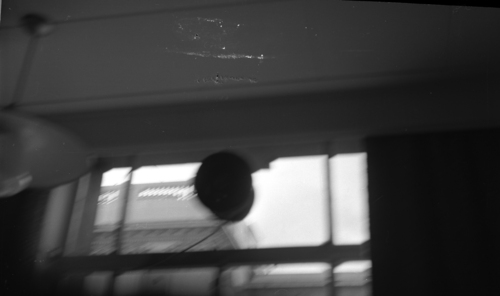
Finally here is Harry winding his film on in a room near where the pilot edition of Top of the Pops was being filmed. I love this image because it is entirely accidental. I also love that it has been archived. Because it was archived it has ceased to be a accident and has become an ‘asset’ with a reference number, a context and an assertion of rights. What a lovely idea.
Photography not only has the power to depict our past and it is also capable of transporting us to the past. One way a photographer can do this is allowing room for the unintended element. In the unintentional we are instantly transported back through time, good photography can do that because it allows the space for the unintentional to communicate.
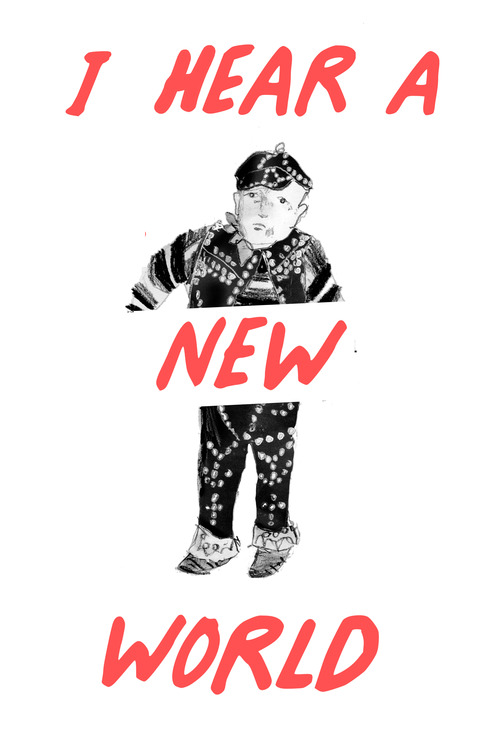
Find out more about Vincent, his work and his time spent at the V&A here
Keep updated on the events our residents are taking part in by checking the Museum Residency Events

